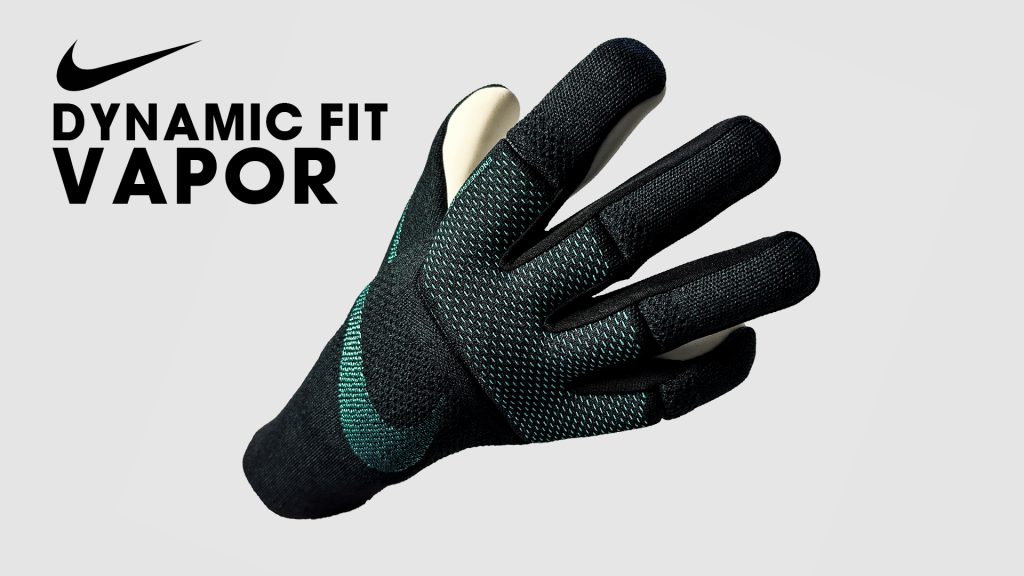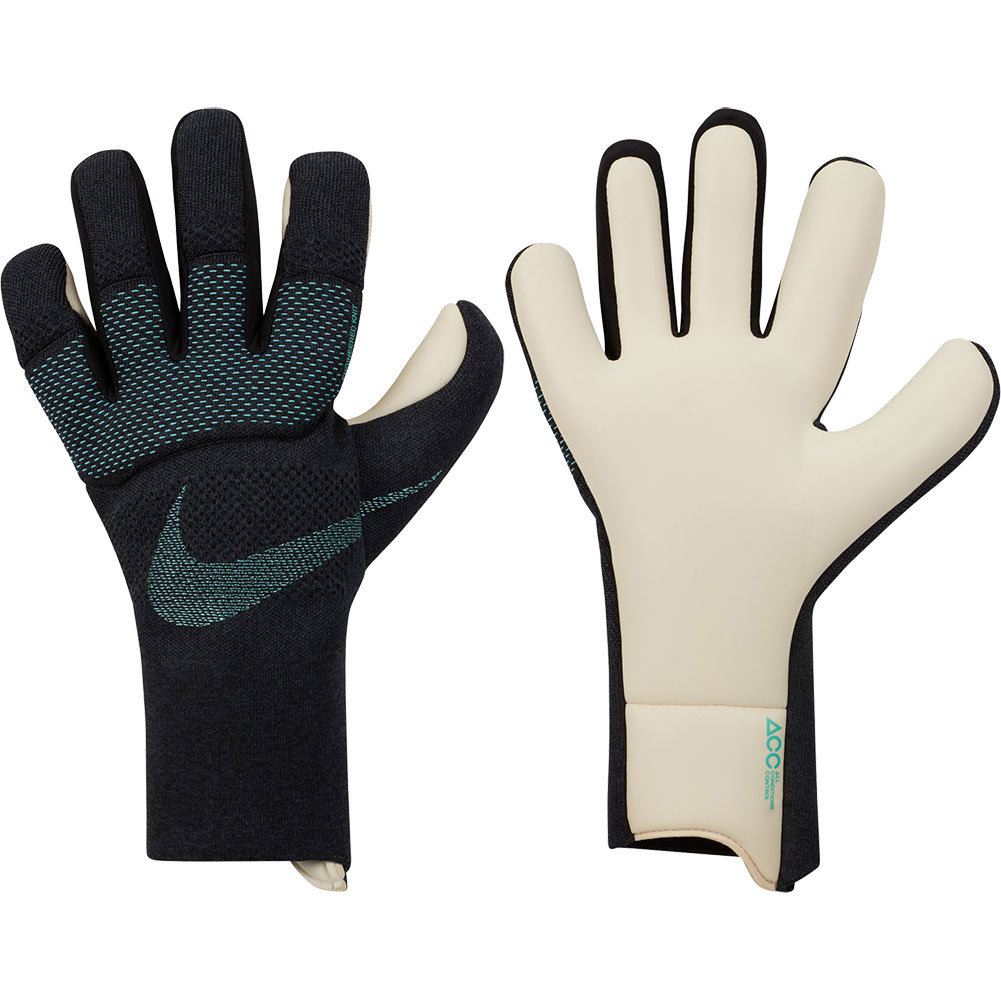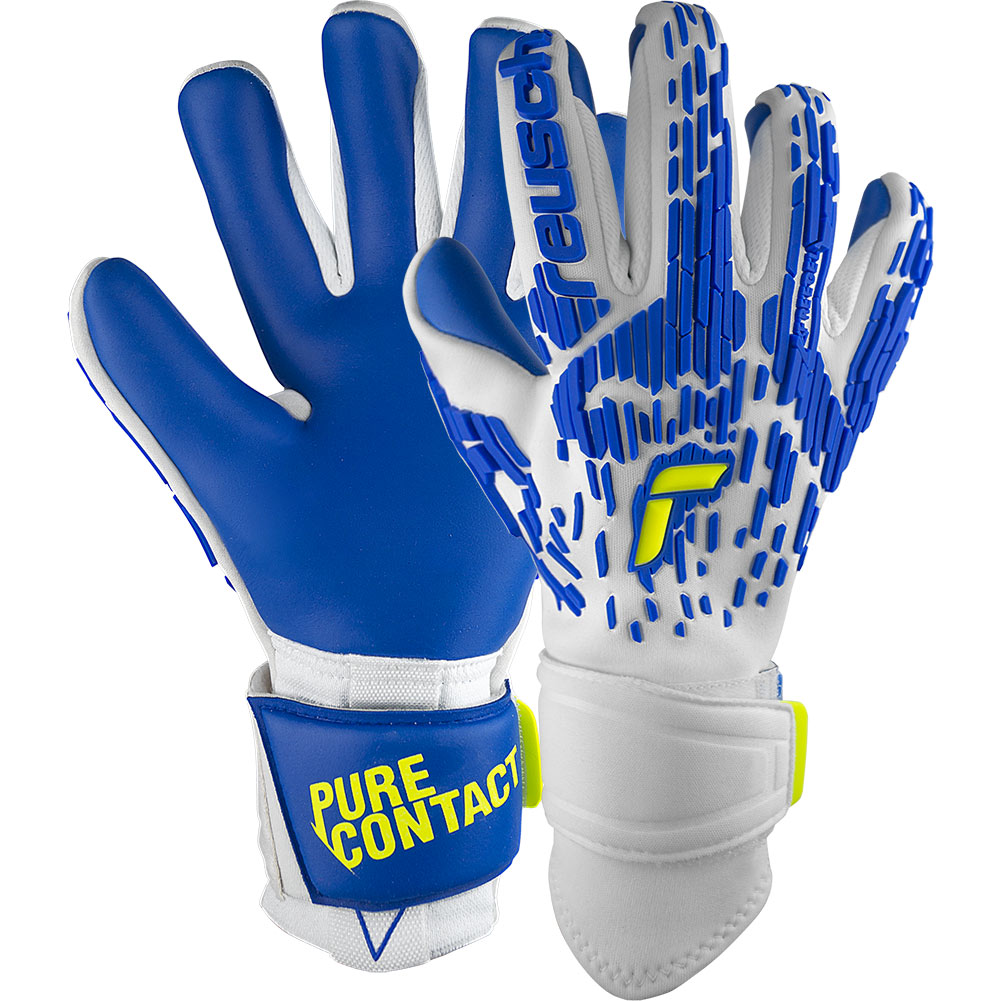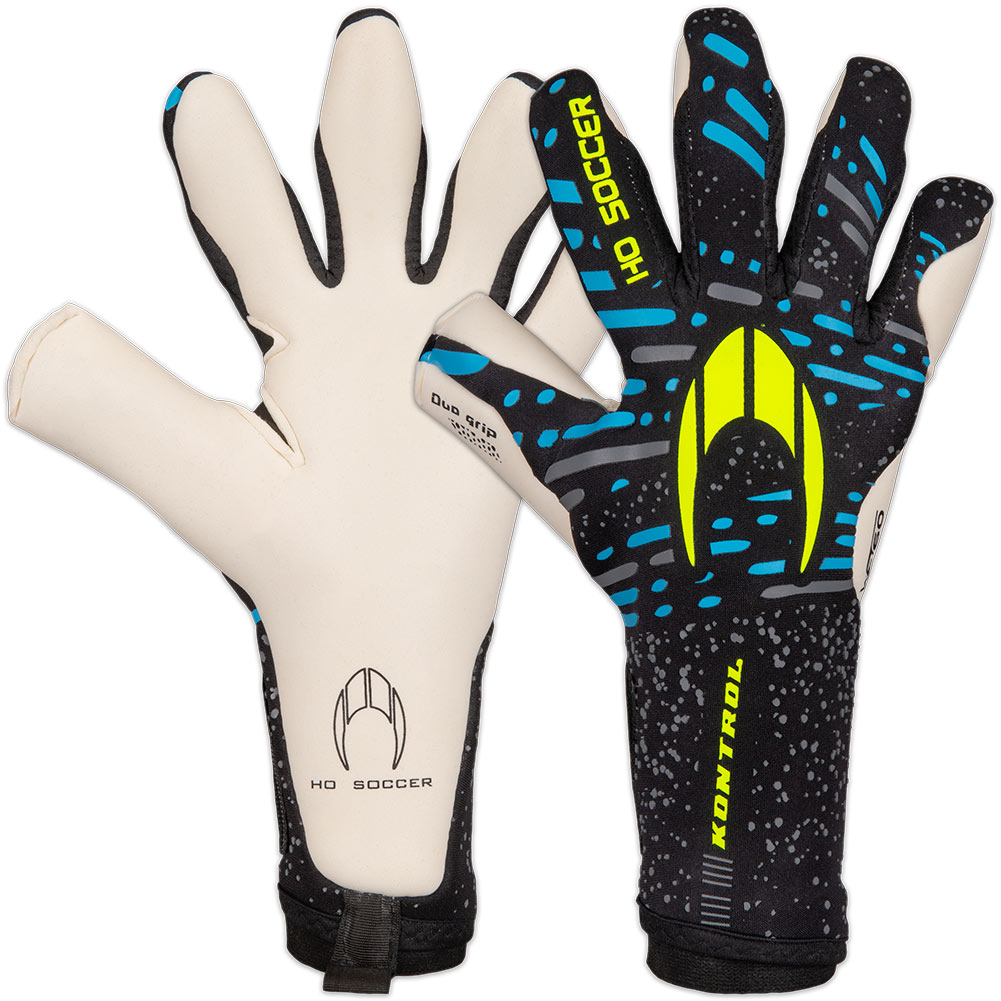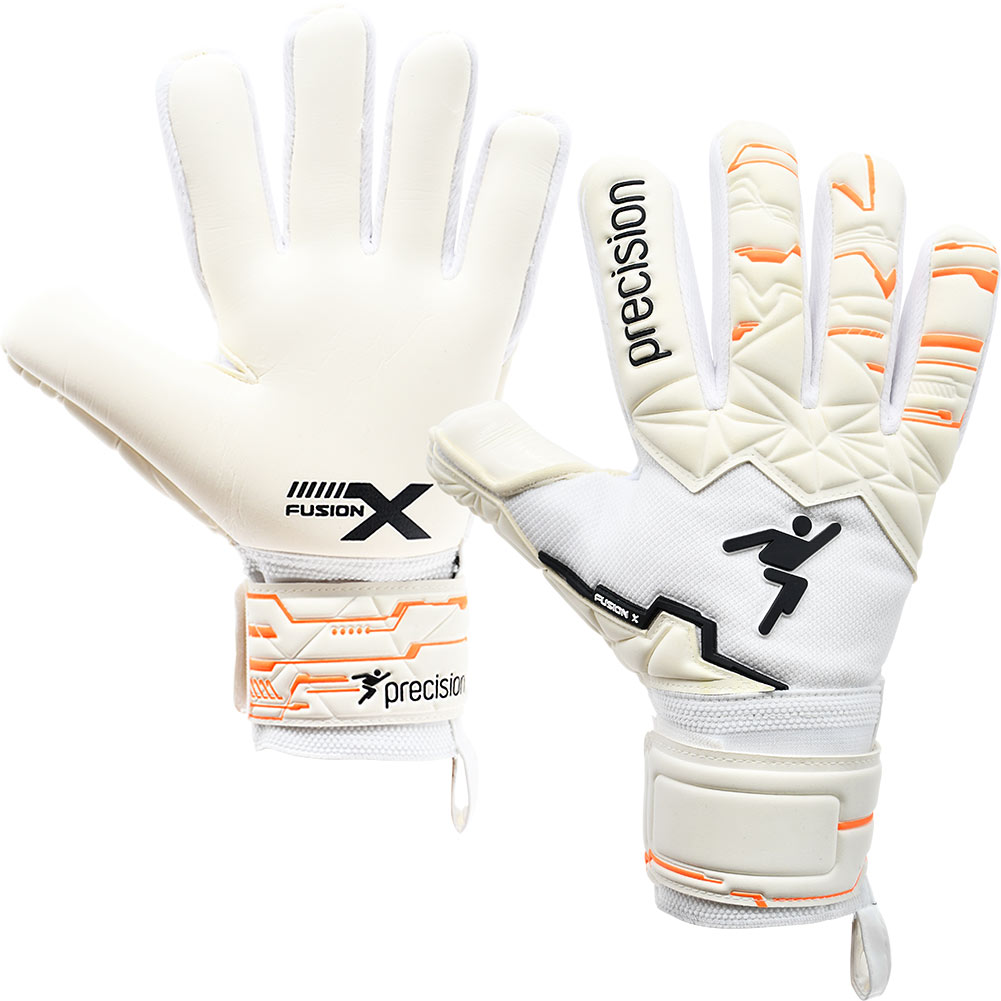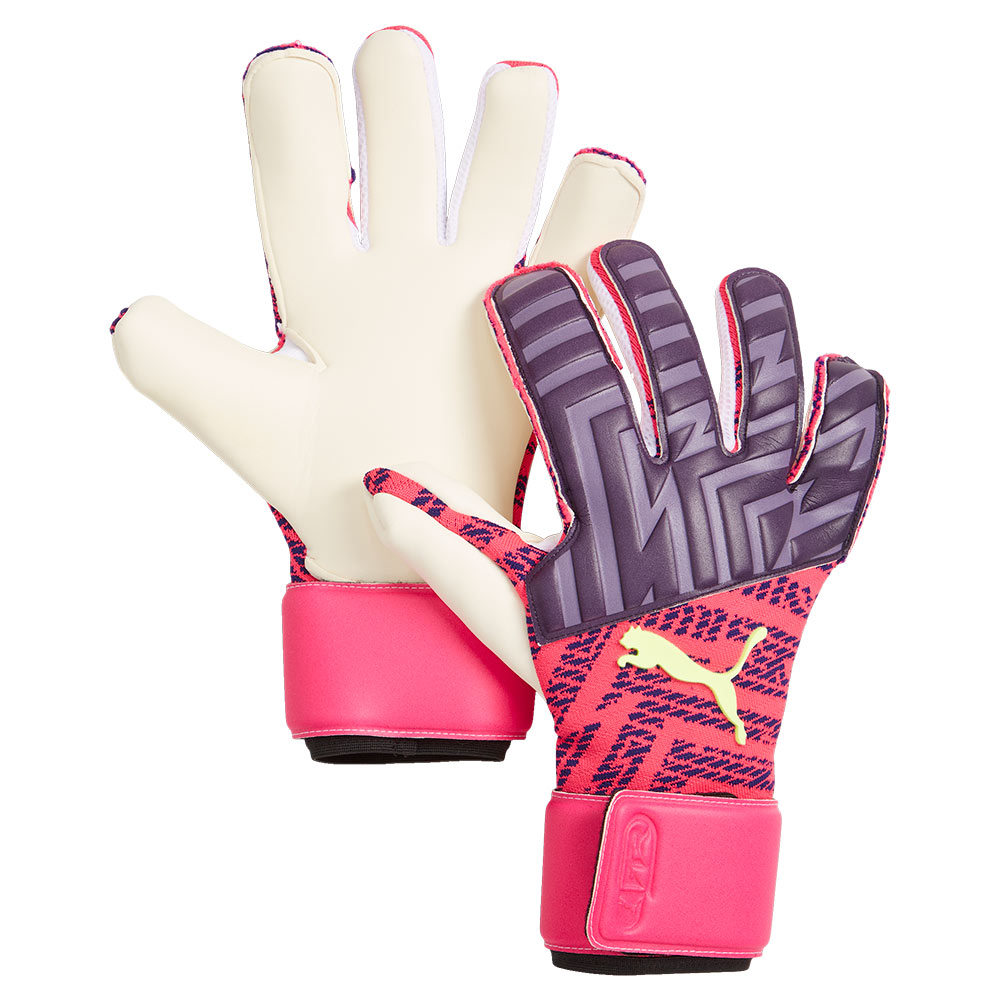Goalkeeping is an art that demands skill, agility, and unwavering focus. To become a formidable guardian of the goalposts, goalkeepers need more than just talent; they need the right tools and training equipment to sharpen their abilities. What training equipment and accessories can you use to enhance your skills during practice sessions? From agility ladders to rebounders and cones, this guide can help you make sense of what you need if you’re looking to elevate your game.
Agility Ladders: Enhancing Footwork and Speed
Agility ladders are versatile training tools that help goalkeepers improve their footwork, agility, and speed. These ladder-like grids are placed on the ground, and goalkeepers perform a series of quick, precise foot movements in and out of the ladder’s squares. Agility ladders provide a number of serious benefits for you every single time you work with one.
- Improved Footwork: Agility ladder drills help goalkeepers develop faster and more precise footwork, which is crucial for making quick lateral movements and diving saves.
- Enhanced Coordination: Practicing ladder drills enhances coordination between the upper and lower body, enabling goalkeepers to react more effectively to shots and crosses.
- Better Balance: Agility ladder exercises also promote balance and body control, helping goalkeepers maintain stability while changing direction rapidly.
- Increased Speed: Regular ladder training can lead to an increase in speed, allowing goalkeepers to cover the goal area more effectively and reach shots that would otherwise be out of reach.
Cone Sets: Precision and Reflex Training
Cones are fundamental training tools for goalkeepers, offering a wide range of applications to enhance skills, including precision, reflexes, and agility. Not sure how you’d even use them? There are actually several things you can do. You can use them during precision shooting drills. This just involves setting up cones in the corners of the goal, and having shooters aim for these targets during shooting practice. You can then work on diving and reaching shots while maintaining your balance.
You can also use them as reflex training. To make that happen, just arrange the cones in a random pattern around the goal and have a coach or training partner feed balls towards the cones. You have to react quickly to make saves, simulating game scenarios where deflections and rebounds occur.
Cones can also work to your advantage during other agility drills. That will help to improve your lateral movement, those quick direction changes you may have to make in the middle of a game, and your body control. Just dribble or weave through cones to work on agility and balance.
Rebounders: Building Handling and Reaction Skills
Rebounders are invaluable training aids for goalkeepers. These devices are designed to bounce the ball back unpredictably, helping you practice your handling, shot-stopping, and reaction skills. How are they used? Take a look.
- Shot-Stopping Practice: You can use rebounders to simulate shots, practising dives, catches, and parries. The unpredictable rebound helps you work on your reflexes.
- Distribution Skills: Rebounders can also be used for practising goal kicks, throws, and distributions. Aim to hit the rebounder accurately, simulating distribution under pressure.
- Ball Control: Working with a rebounder improves ball control as you learn to react to the ball’s unexpected bounces and angles.
Hurdles and Poles: Enhancing Agility and Leaping Ability
Hurdles and poles are excellent tools for enhancing a goalkeeper’s agility, leaping ability, and overall athleticism. These training aids help you develop the explosive power needed to make high-reaching saves and quickly change direction. There are a few different ways you can use them. You can set up hurdles or poles in various patterns and heights then perform jumping drills to work on leaping, coordination, and timing when going for high balls or crosses. You can also use them for ladder-like drills to improve footwork and lateral movement. You’ll develop quick reactions and agility by navigating through these obstacles. You may also want to use them for low diving drills by putting them on the ground.
Reaction Balls: Sharpening Reflexes and Hand-Eye Coordination
Reaction balls are specially designed to represent unpredictably, making them excellent tools to build your reflexes and hand-eye coordination. They’re easy to use, too. You can bounce the reaction ball against a wall or have a coach throw it at you, then react quickly to catch or parry the ball. That action will simulate game situations where shots change direction unexpectedly.
Mannequins and Dummy Defenders: Simulating Game Scenarios
Mannequins and dummy defenders are training aids that simulate the presence of opponents during practice sessions. They help goalkeepers develop better decision-making skills and practice defending against players in various positions. Here are a few different ways you can use them in practice.
- Set-Piece Practice: Position mannequins or dummies in the wall during free-kick and corner kick practice. This simulates the defensive wall and helps you anticipate the trajectory of the ball.
- Obstacle Courses: Create obstacle courses with mannequins or dummies to simulate scenarios where defenders obstruct your view or create obstructions during play.
- Crossing and Distribution: Use mannequins or dummies as target players for distributing the ball accurately during training. This helps you work on your accuracy and decision-making when playing out from the back.
Just Keepers Is Your Source for All The Best Training Aids
Training equipment and accessories are essential for football goalkeepers striving to enhance their skills and reach their full potential. Agility ladders, cone sets, rebounders, hurdles, poles, reaction balls, and mannequins all play crucial roles in your development as a goalkeeper. By incorporating these tools into your training routines, you can improve your footwork, reflexes, agility, decision-making, and overall game-readiness.
To maximise the benefits of these training aids, you should work closely with your coaches to design training sessions that address your specific needs and goals. By consistently using these tools and focusing on skill development, you can become confident, reliable, and agile guardians of the goalposts, ready to excel on the pitch. Take a closer look at the many different options we offer on site for goalkeepers now!

